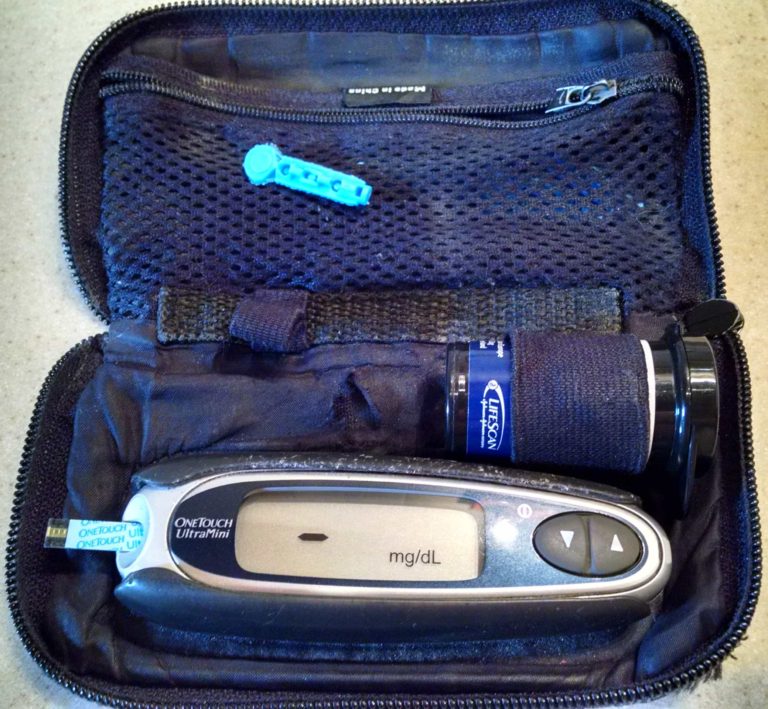Hypoglycemia Diet: What are the Dangers of Diabetes?
If you have diabetes, you might find that you have to be constantly aware of your blood sugar levels. In order to avoid hypoglycemia, which can be potentially dangerous if left untreated. To learn more about hypoglycemia and how it can impact your health, this guide to the dangers of diabetes will help you understand what can happen if you don’t properly manage your condition.
The Benefits of Eating Less
When people getting diabetes, they begin to eat less and become more active, they often experience improvements in blood glucose control and weight loss. For example, a 2005 study published in Diabetes Care found that obese patients with type 2 diabetes who went on a 12-week calorie-restricted diet lost an average of 9 percent of their body weight. Moreover, nearly 40 percent showed marked improvement in glycemic control and were able to reduce or discontinue their medication use. The key for a successful hypoglycemia diet is what types of foods you eat and when you eat them. It’s important to understand how your body reacts throughout your day and make small adjustments as needed to reach your health goals.
How Do You Know If You Have hypoglycemia?
Hypoglycemia is diagnosed by measuring blood sugar levels using a glucometer. Normal blood sugar levels vary from person to person and at different times in an individual’s life, but values below 75 mg/dL (4.2 mmol/L) are considered hypoglycemic. Symptoms include confusion, anxiety, palpitations and loss of consciousness. In most cases, low blood sugar occurs when there is too much insulin in relation to food eaten and physical activity performed.
Staying Safe While Fasting
Hypoglycemia is a dangerous health risk that many people with diabetes face daily. It occurs when your blood sugar is low, which can be caused by skipping meals, a condition called fasting hypoglycemia. According to an American Diabetes Association study, 38 percent of individuals with type 2 diabetes have experienced at least one episode of severe hypoglycemia within a two-year period; 23 percent reported experiencing such episodes every month or more often. Fasting also increases your risk for cognitive impairment and neuropathy—another serious condition associated with diabetes that manifests as tingling in extremities, pain and numbness in feet and hands. To avoid all these dangers, it’s important to take specific safety precautions before fasting. Here are more helpful fasting options for diabetes.
Never Skip Meals
Skipping meals may sound like a quick way to cut calories, but it can be dangerous for those with diabetes. Skipping meals (and even small snacks) throws off your blood sugar levels, which can lead to hypoglycemia and other issues. You should never skip a meal if you have diabetes because doing so could make your blood sugar too low, making you feel lightheaded or weak. If you’re concerned about overeating when not feeling well, try eating small amounts at regular intervals instead of three larger meals. This will help keep your glucose level steady and prevent hypoglycemia.
Keep a Low Carb Breakfast at Hand
People with diabetes often deal with a condition called hypoglycemia—blood sugar that dips too low, which can cause light-headedness, blurry vision, and fatigue. If you’re worried about hypoglycemic episodes and don’t have access to a healthy meal first thing in the morning, it may be helpful to keep protein-rich foods on hand so that you can eat something when your blood sugar gets low. Dairy products such as yogurt or milk make a quick breakfast food when you’re short on time or need an easy grab-and-go option. It’s also easy to whip up eggs in advance—just scramble them with some veggies and store them in a container in your fridge so they’re ready when you need them.
Manage Stress Better to Control Diabetes
As a person with diabetes, one of your top health hazards is learning how to better manage stress. In fact, you’re at a higher risk for other chronic illnesses like heart disease and stroke if you don’t manage stress well. So what exactly is hypoglycemia? It’s when there isn’t enough glucose (sugar) in your bloodstream. Your body uses it as energy, but if it doesn’t have enough to work with, it sends out warning signals to you that something isn’t right. This might mean that symptoms like anxiety or dizziness come on quickly—in some cases before your actual blood sugar levels drop too low.
Monitor your Ketone levels on a Regular Basis
Studies suggest that ketone levels can rise and fall in a matter of hours, so monitoring your ketone levels on a regular basis is essential to maintaining healthy blood sugar levels. Consuming too many carbohydrates can cause your blood sugar levels to spike. After they’ve spiked, they’ll drop quickly and may lead to hypoglycemia (when your blood sugar drops below 90 mg/dL). When you experience symptoms like nausea, sweating or shakiness, you may have already crossed into hypoglycemic territory—in which case consuming additional carbs will likely only worsen symptoms. Talk with your doctor about ways you can monitor ketone levels and what steps you should take if symptoms arise.
Stay Hydrated at All Times
Whether you’re dealing with mild hypoglycemia or a serious episode, it’s crucial to stay hydrated. Staying hydrated can help bring your blood sugar levels back up so you feel better sooner. The American Diabetes Association recommends drinking 16 to 20 ounces of water before taking glucose tablets and another 16 to 20 ounces after ingesting them. Stay properly hydrated throughout your day by keeping a bottle with you at all times; whether at work, school, or on a walk around town. You may even want to consider investing in some sort of wearable that reminds you to stay hydrated; for example, wear a pedometer every day and set an alert if your daily step count drops below 10,000 steps per day. Hopefully this guide for hypoglycemia in diabetes was helpful. 🙂







